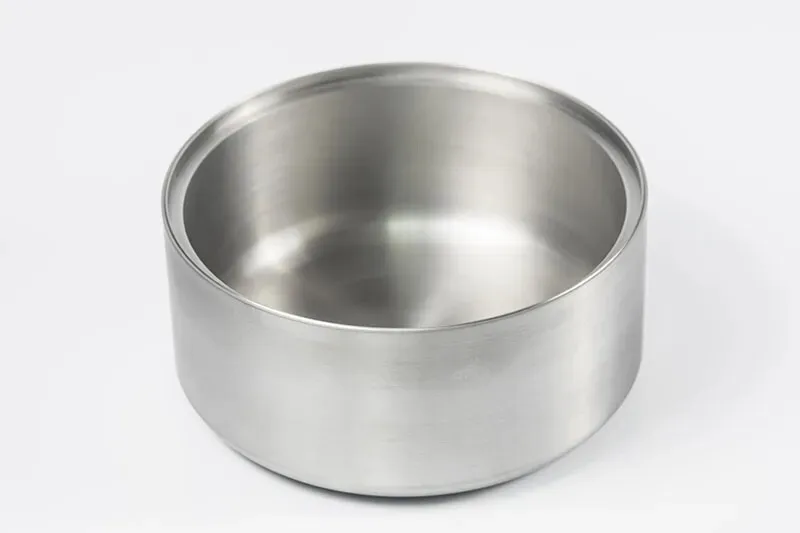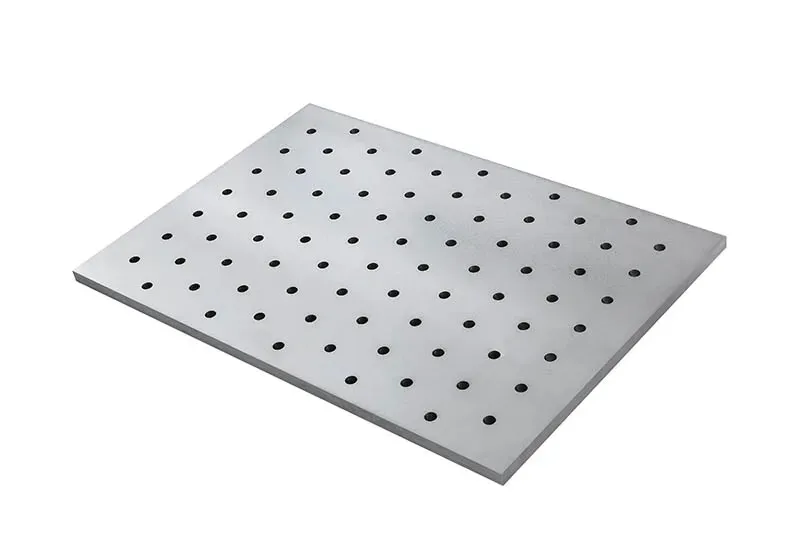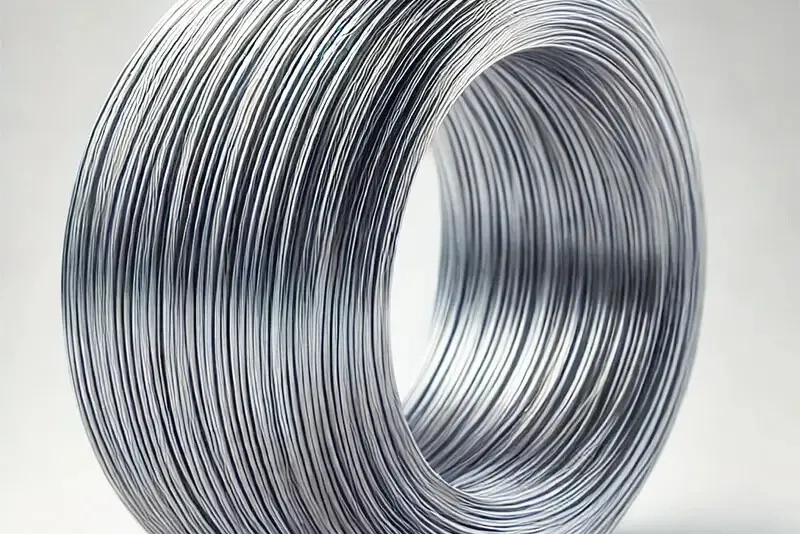Molybdenum (Mo) is a versatile transition metal with a wide range of important industrial and biological uses, primarily due to its high melting point, strength at high temperatures, and excellent corrosion resistance.

Steels: This is the dominant application. Molybdenum is added to steel to improve:
Strength and Hardenability: Especially in high-strength low-alloy (HSLA) steels, tool steels, and engineering steels.
Toughness: Prevents brittleness, especially at low temperatures.
Corrosion Resistance: Particularly in stainless steels (e.g., Type 316 stainless steel contains molybdenum for enhanced resistance to chloride pitting).
High-Temperature Strength (Creep Resistance): Crucial for applications in power generation, chemical processing, and aerospace.
Wear Resistance: Used in high-speed steels for cutting tools.
Superalloys: Nickel-based and cobalt-based superalloys containing molybdenum are used in high-temperature, high-stress environments like jet engines, gas turbines, and industrial furnaces.
Cast Iron: Improves strength and wear resistance.
Molybdenum compounds (especially molybdenum sulfides and oxides) are vital catalysts in the petroleum industry for:
Hydrodesulfurization (HDS): Removing sulfur from petroleum products to reduce pollution (e.g., from gasoline and diesel).
Hydrodenitrogenation (HDN): Removing nitrogen.
Other refining and petrochemical processes.
Used in the production of certain polymers and chemicals.

Molybdenum Disulfide (MoS₂): An excellent solid lubricant, especially in high-temperature and high-pressure environments where traditional liquid lubricants would break down.
Used in greases, anti-seize compounds, dry film lubricants, and self-lubricating plastics.
Applications include automotive CV joints, aerospace components, and industrial machinery.
Molybdenum compounds (e.g., molybdates like sodium molybdate) are used as:
Corrosion inhibitors: In water treatment systems, cooling towers, and primers (as a less toxic alternative to chromates).
Pigments: Providing orange, yellow, and red colors in paints, inks, plastics, and ceramics (e.g., molybdenum orange).
Thin-Film Transistors (TFTs): Molybdenum is used as an electrode material in flat-panel displays (LCDs, OLEDs).
Wiring in Integrated Circuits: Its high melting point and good conductivity make it suitable for certain interconnects.
Solar Cells: Used as a back contact layer in CIGS (Copper Indium Gallium Selenide) thin-film solar cells.
Heating Elements: For high-temperature electric furnaces due to its high melting point and stability.

Essential Micronutrient:
For Plants: Molybdenum is crucial for nitrogen fixation by bacteria in legumes and for nitrate reduction in other plants. It's a component of enzymes like nitrogenase and nitrate reductase. Deficiencies can be corrected with molybdate fertilizers.
For Animals and Humans: It's a component of several essential enzymes (e.g., xanthine oxidase, sulfite oxidase).
High-Temperature Applications: Pure molybdenum metal is used for furnace parts, rocket nozzles, glass-melting electrodes, and X-ray tube anodes due to its extremely high melting point (2623 °C or 4753 °F).Medical Implants: Some molybdenum-containing alloys exhibit good biocompatibility.
Analytical Chemistry: Molybdate reagents are used in the detection and quantification of phosphates, silicates, and arsenates.
In summary, molybdenum's unique properties make it indispensable in metallurgy (especially for strengthening steel), chemical catalysis, and as a high-performance lubricant.
Share this page
If you have any product needs or questions, please leave us a message for consultation.
TEL: 86-18623759992
jason@bettmetal.com
Innovating Materials
for a Brighter Future